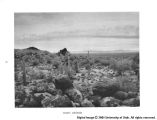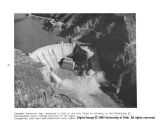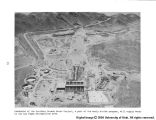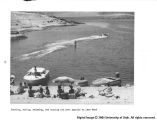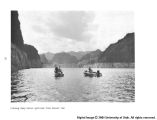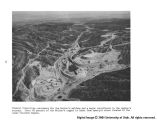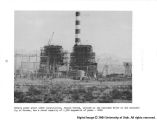| Title |
Lower Colorado Region comprehensive framework study of water and land resources : summary report, June 1971 |
| Creator |
Lower Colorado Region State-Federal Interagency Group.; Pacific Southwest Inter-agency Committee. |
| Subject |
Land use; water |
| Spatial Coverage |
Utah; Nevada; Nevada; Arizona |
| Publisher |
[Washington, D.C. : U.S. Govt. Print. Off.]; 1971 |
| Date |
1971-06 |
| Type |
Text |
| Format |
application/pdf |
| Digitization Specifications |
Pages of this document were scanned at 400ppi in color, grayscale and bitonal on flatbed scanners. Files were saved as TIFF and then re-sized to 800 pixels on the long end, sharpened in PhotoShop CS, and saved as JPEG level 8. |
| Resource Identifier |
http://content.lib.utah.edu/cgi-bin/docviewer.exe?CISOROOT=/wwdl-doc&CISOPTR=603 |
| Language |
eng |
| Relation |
Western Waters Digital Library |
| Rights Management |
Digital image copyright 2004, University of Utah. All rights reserved. |
| Contributing Institution |
S.J. Quinney Law Library, University of Utah. 332 South 1400 East, Salt Lake City, UT 84112-0730 |
| Source Physical Dimensions |
38 p., [1] leaf of plates : ill. (some col.) ; 27 cm. |
| Scanning Technician |
Backstage Library Works, 1180 S. 800 E., Orem, UT 84097 |
| Call Number |
KF5582.C6 A82 1971 summary report |
| ARK |
ark:/87278/s6668chr |
| Setname |
wwdl_documents |
| ID |
1133445 |
| Reference URL |
https://collections.lib.utah.edu/ark:/87278/s6668chr |










